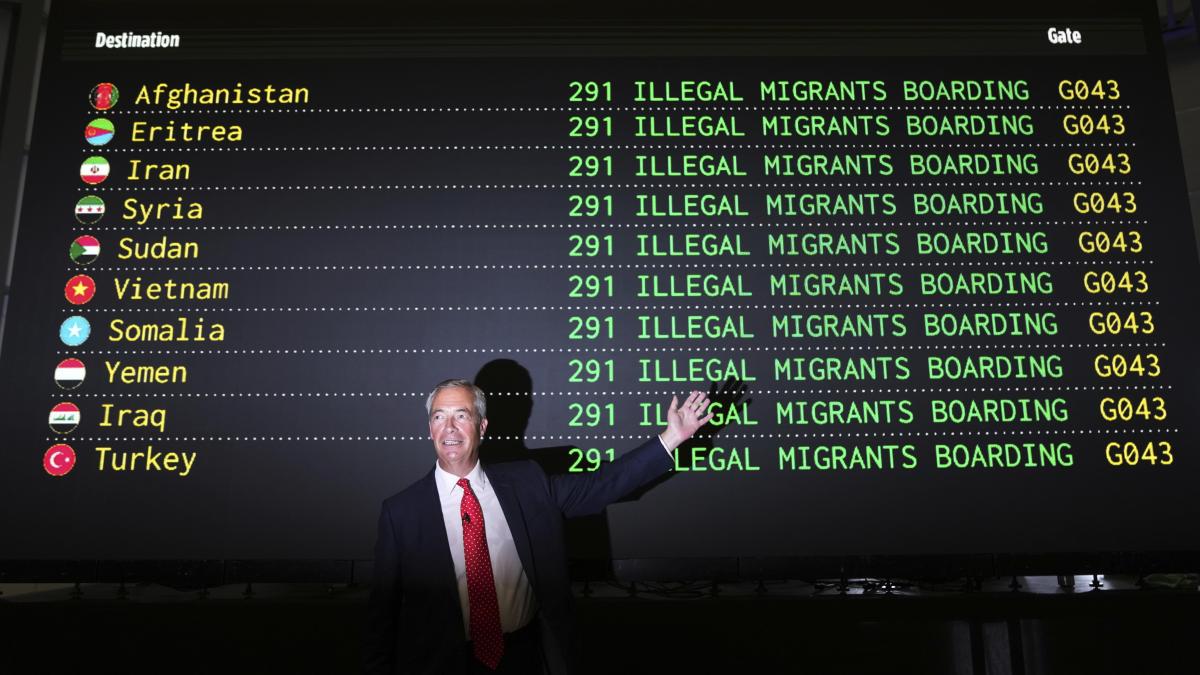This Saturday, Philippine authorities elevated Tropical Storm Man-yi (Pepito, in the Asian country) to the category of super typhoon. The cyclone, the sixth to reach the country in less than a month, is intensifying and could have a “potentially catastrophic” impact on the archipelago, according to meteorological services, a forecast that has forced the evacuation of more than 177,000 people in the central region of Bicol, in the southeastern corner of the island of Luzon and which is the most threatened area.
Hundreds of thousands of people, that the agency AFP Numbering around 650,000, they have abandoned their homes as the super typhoon approaches, with winds of up to 240 km/h. Specifically, it is expected to make landfall in the province of Cantanduantes, in Bico, this coming night or early Sunday morning and from then on it will move towards the northwest of the country, through the Ilocos region, according to the Philippine Meteorology (PAGASA).
Large waves break on a seawall ahead of the expected arrival of super typhoon ‘Pepit’, in Legaspi City, Albay Province
Several areas in the Bicol region were already flooded this Saturday due to storms caused by the approach of the super typhoon. The Bicol Civil Defense Office estimated that more than 177,000 residents have already been evacuated due to the risk of landslides and flooding. Likewise, Philippine authorities ordered all ships to return to land on the affected coasts.
This Friday, the Philippines put parts of the north and center of the country on alert due to the advance of ‘Pepito’, the sixth cyclone to hit the archipelago in less than a month, an “unusual” situation according to NASA. While the Philippines usually experiences around twenty cyclones a year, the country has experienced a rapid succession of storms in recent weeks that have claimed the lives of more than 160 people and forced the preventive evacuation of tens of thousands.
The NASA Earth Observatory recently shared the “unusual view” by satellite of four storms active simultaneously in the Pacific Ocean on November 11. This is “the first time since records began in 1951 that so many storms coexist in the Pacific basin in November,” NASA said, citing the Japan Meteorological Agency. Added to these four storms are Trami and Kong-rey, which hit the Philippines at the end of October and left a total of 162 dead, in addition to a trail of destruction.















